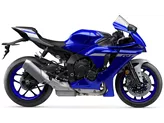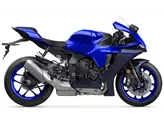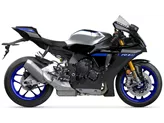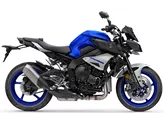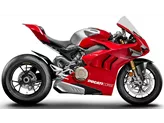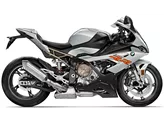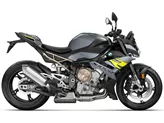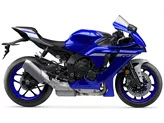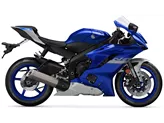BMW S 1000 RR 2015 vs. Yamaha R1 2010
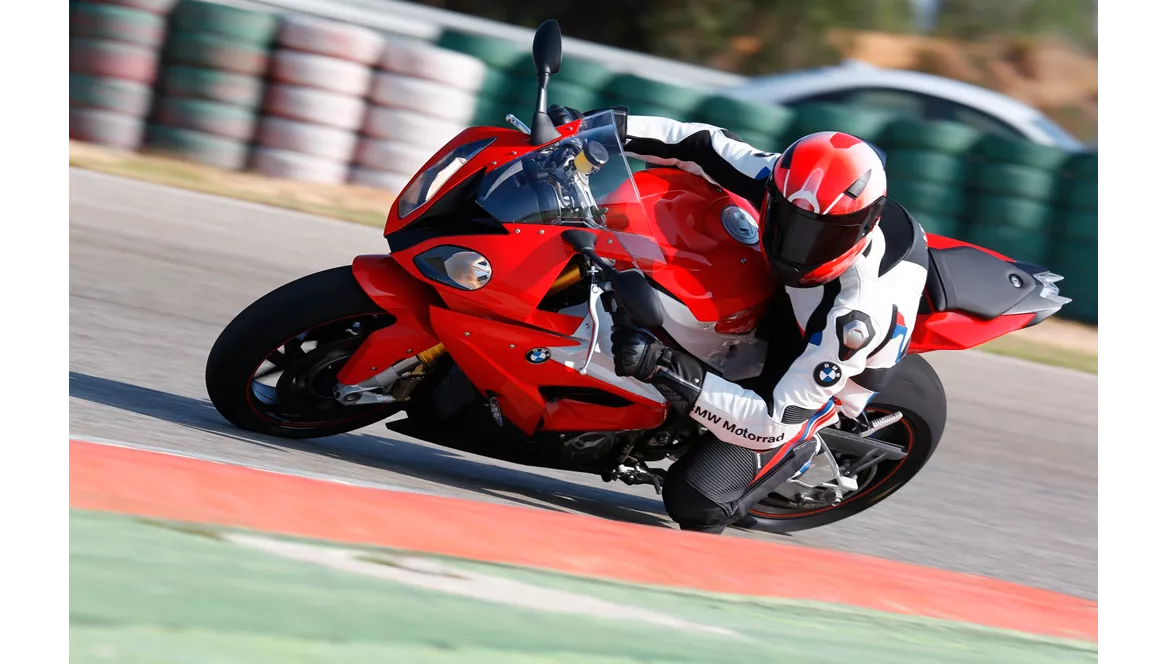
BMW S 1000 RR 2015

Yamaha R1 2010
Visão geral - BMW S 1000 RR 2015 vs Yamaha R1 2010
The BMW S 1000 RR model year 2015 and the Yamaha R1 model year 2010 are both supersport motorcycles with similar technical specifications. However, there are some notable differences between the two.
Starting with the engine and drivetrain, the BMW S 1000 RR 2015 has a bore of 80 mm and a stroke of 49.7 mm, resulting in a displacement of 999cc. It produces a powerful 199 HP of engine power and 113 Nm of torque. The Yamaha R1 2010, on the other hand, has a slightly smaller bore of 78 mm and a larger stroke of 52.2 mm, resulting in a displacement of 998cc. It produces 181 HP of engine power and 115.5 Nm of torque. In terms of power, the BMW S 1000 RR has an advantage with its higher horsepower.
Both motorcycles feature a 4-cylinder engine configuration. The BMW S 1000 RR has an aluminum frame and a double tube frame type, while the Yamaha R1 has an aluminum frame with a Deltabox frame type. This difference in frame design may result in variations in handling and stability.
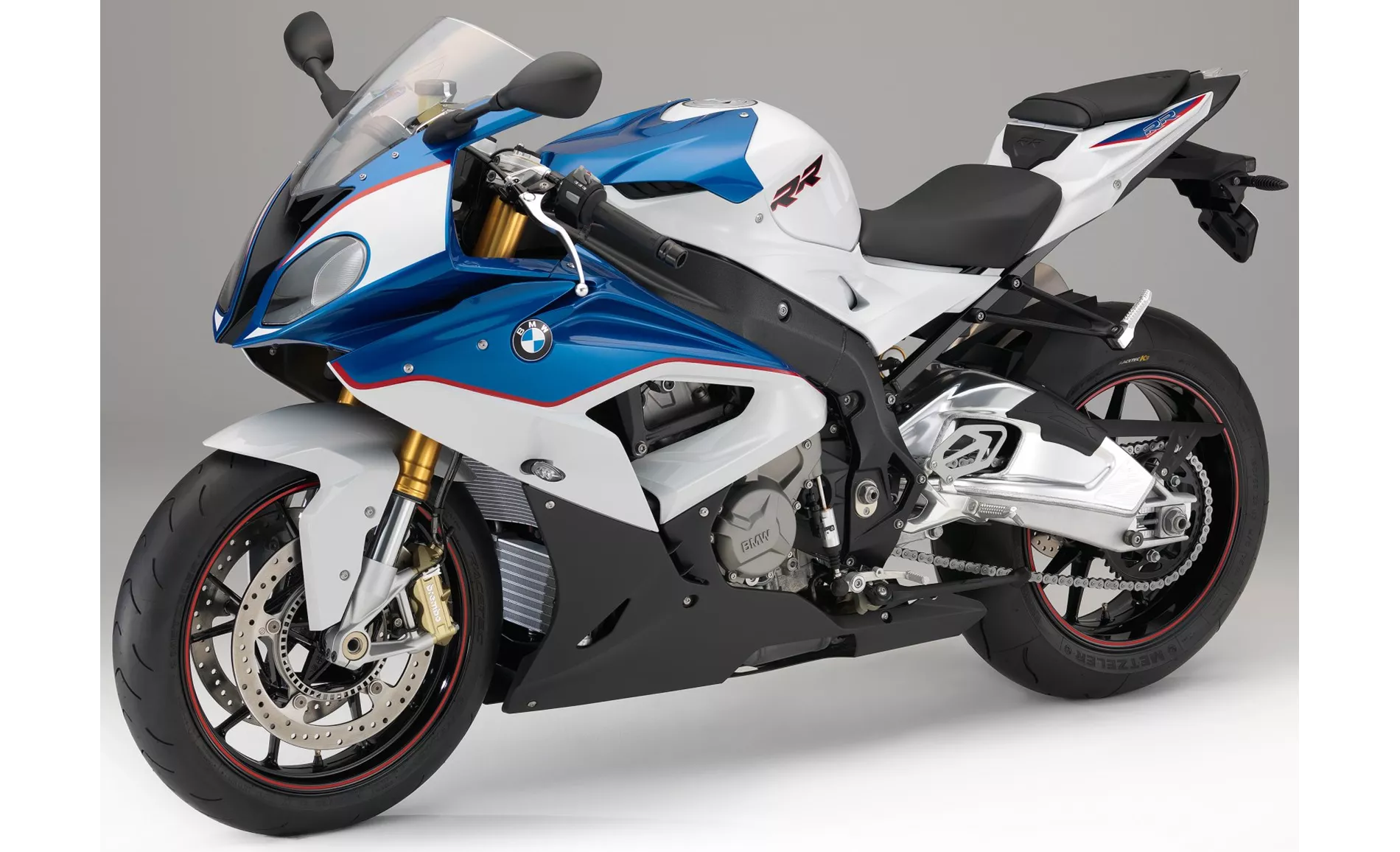
BMW S 1000 RR 2015
In terms of suspension, both motorcycles have telescopic front forks. However, the Yamaha R1 2010 has an inverted telescopic front fork, which may provide better damping and stability during aggressive riding. The chassis and frame design of both motorcycles are made of aluminum, which helps in reducing weight and improving handling.
Both motorcycles have dual disc front brakes for effective stopping power. The dimensions and weights of the tires are the same for both motorcycles, with a front tire width of 120 mm and a rear tire width of 190 mm. The diameter of the tires is 17 inches for both motorcycles.
The BMW S 1000 RR 2015 has a slightly longer wheelbase of 1425 mm compared to the Yamaha R1 2010's 1415 mm. The seat height of the BMW S 1000 RR is 815 mm, while the Yamaha R1 has a slightly higher seat height of 835 mm. The fuel tank capacity of the BMW S 1000 RR is 17.5 liters, while the Yamaha R1 has a slightly larger fuel tank capacity of 18 liters.

Yamaha R1 2010
In terms of strengths, the BMW S 1000 RR 2015 has an excellent gear shift assistant, an incredibly powerful and rev-happy engine, a wide range of accessories, and race-ready data logging and calibration tools. On the other hand, the Yamaha R1 2010 has a strong engine character, optimized braking system, and a comfortable seating position.
However, the BMW S 1000 RR 2015 has a weakness in its chassis, which may reach its limits in the hands of professional riders. The Yamaha R1 2010, on the other hand, has suboptimal suspension elements, lower peak power, slightly weaker traction, and a higher weight.
In conclusion, both the BMW S 1000 RR 2015 and the Yamaha R1 2010 are powerful supersport motorcycles with their own strengths and weaknesses. The BMW S 1000 RR offers a more powerful engine and a range of advanced features, while the Yamaha R1 provides a sophisticated engine character and a comfortable riding position. Ultimately, the choice between the two would depend on the rider's preferences and priorities.
Especificações técnicas BMW S 1000 RR 2015 em comparação com Yamaha R1 2010
Prós e contras em comparação
Prós e contras em comparação
BMW S 1000 RR 2015
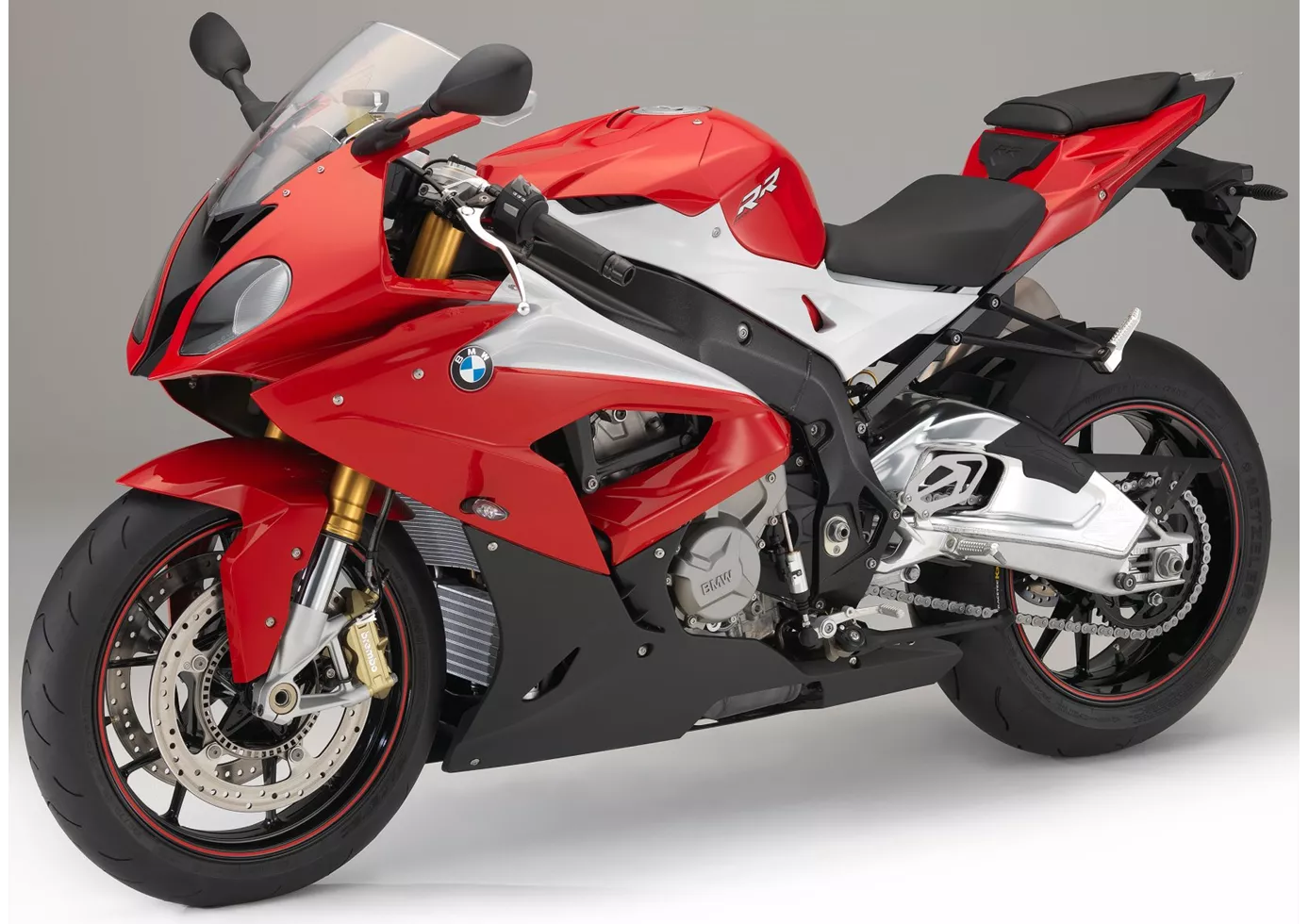
A BMW ainda pode marcar pontos com factos concretos em 2015. Se gosta de desempenho de topo, tem de comprar o BMW. Torna-se incrivelmente poderoso no topo e afasta o resto do campo de 200. Os pilotos grandes e pesados poderão se beneficiar ainda mais disso. A BMW não facilitou as coisas para si mesma com esta moto e montou uma moto muito universal. Se fizéssemos um teste comparativo com 50 pilotos diferentes (desde principiantes a profissionais), a BMW teria a melhor média de todas as motos de 1000cc. O chassis eletrónico, mas também as ajudas à condução, tornam os profissionais rápidos e os principiantes seguros na estrada. Uma recomendação de topo para um grupo-alvo muito vasto. Os condutores amadores muito rápidos não ficarão 100% satisfeitos com a suspensão de série. Se não quiser modificar o chassis, deve optar por uma R1M, uma Panigale S ou uma RSV RF. Se quiser converter de qualquer forma, a S 1000 RR é a base mais forte e universal. Surpreendentemente, a potente máquina também anda muito bem em estradas rurais. Em suma, parece um compromisso, mas nunca se sente como tal na prática.
Yamaha R1 2010
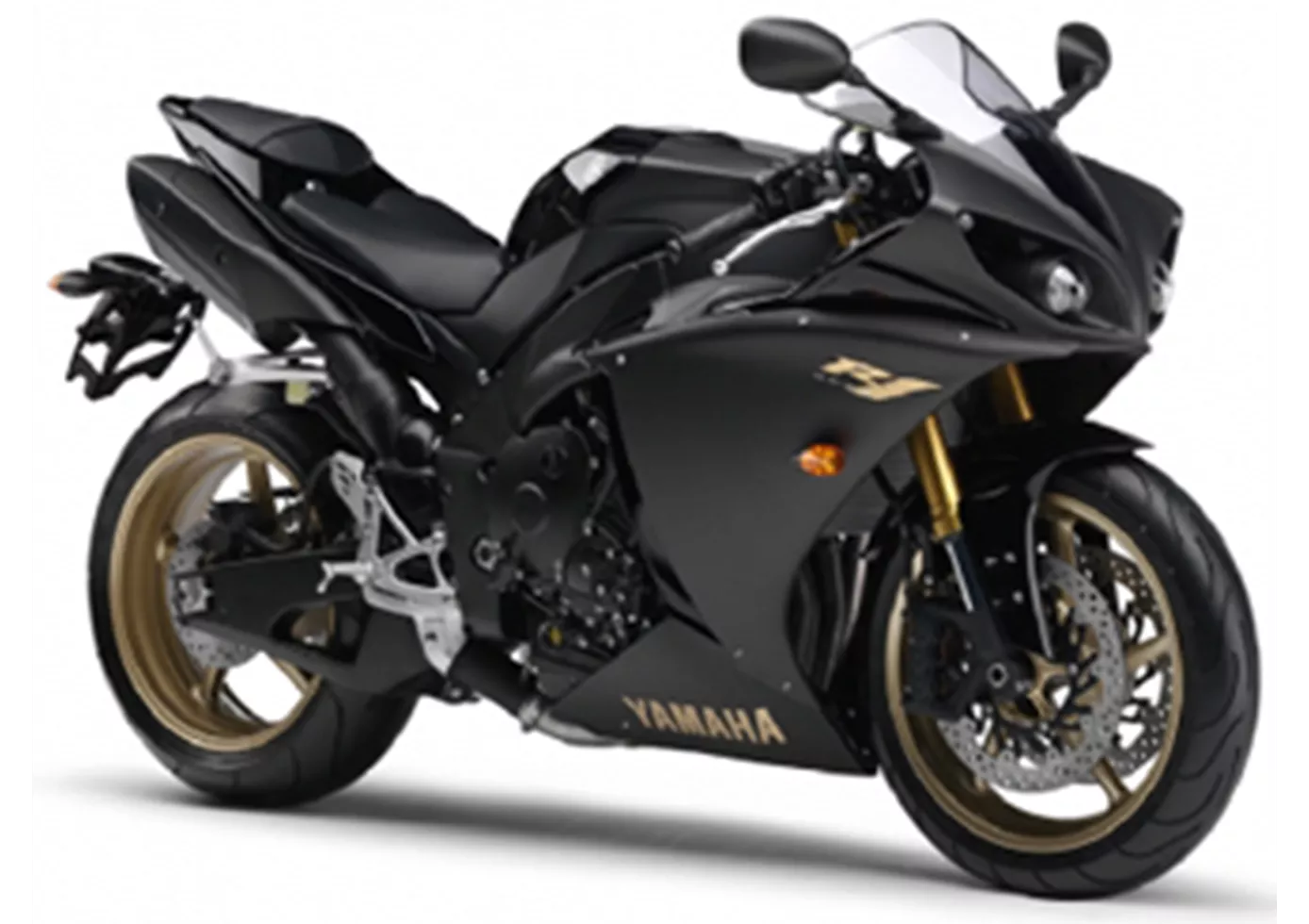
O atual motor da R1 marca pontos acima de tudo com o seu som inconfundível, resposta muito transparente e entrega de potência linear. Em termos de potência de pico, no entanto, a Yamaha teve que reduzir um pouco.
Comparação de preços Preço médio de mercado BMW S 1000 RR vs Yamaha R1
There are a few key differences between a BMW S 1000 RR 2015 and a Yamaha R1 2010. In terms of price, the actual average price of a BMW S 1000 RR 2015 is about 43% higher. Compared to Yamaha R1 2010 there are more BMW S 1000 RR 2015 bikes available on the 1000PS.de Marketplace, specifically 8 compared to 5. It takes less time to sell a Yamaha R1 with 53 days compared to 77 days for the BMW S 1000 RR. Since model year 2010 1000PS.de editors have written 135 reviews for the BMW S 1000 RR and 80 reviews for the Yamaha R1 since model year 2005. The first review for the BMW S 1000 RR was published on 16/04/2008 and now has more than 4 000 views. This compares to more than 3 900 views for the first review on Yamaha R1 published on 28/04/2003.


